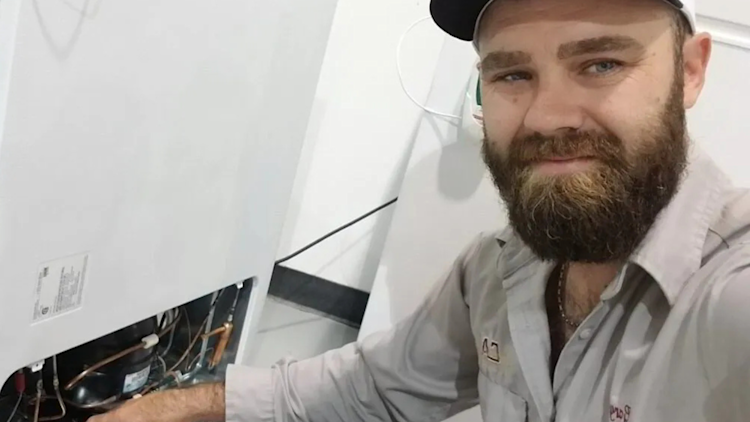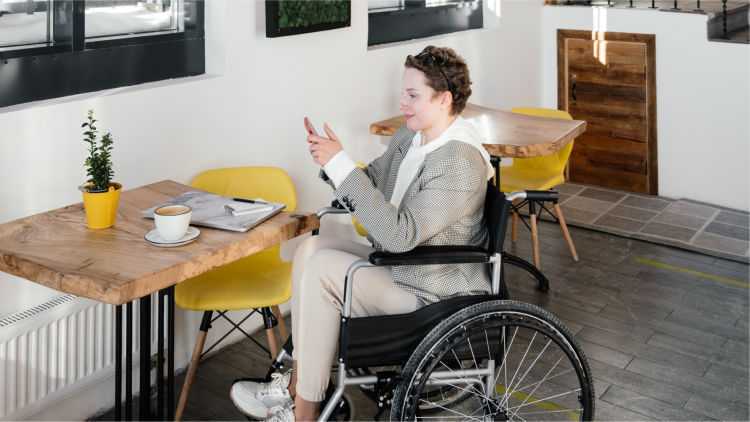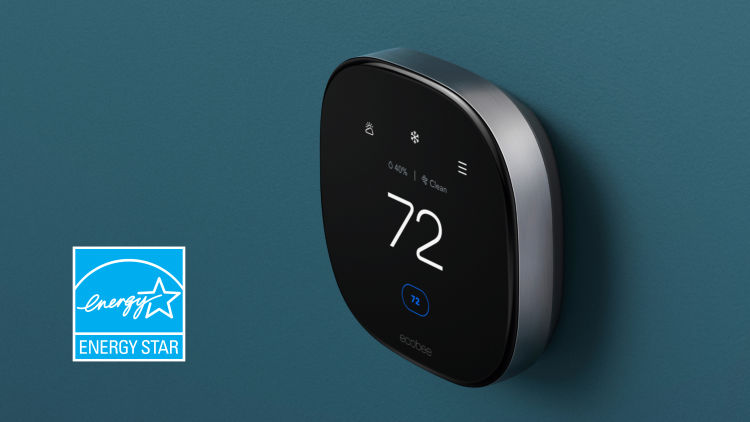10 Top Tips for Preparing Your Furnace for Heating Season
by ecobee on 10/14/2020 in Experts
6 min read
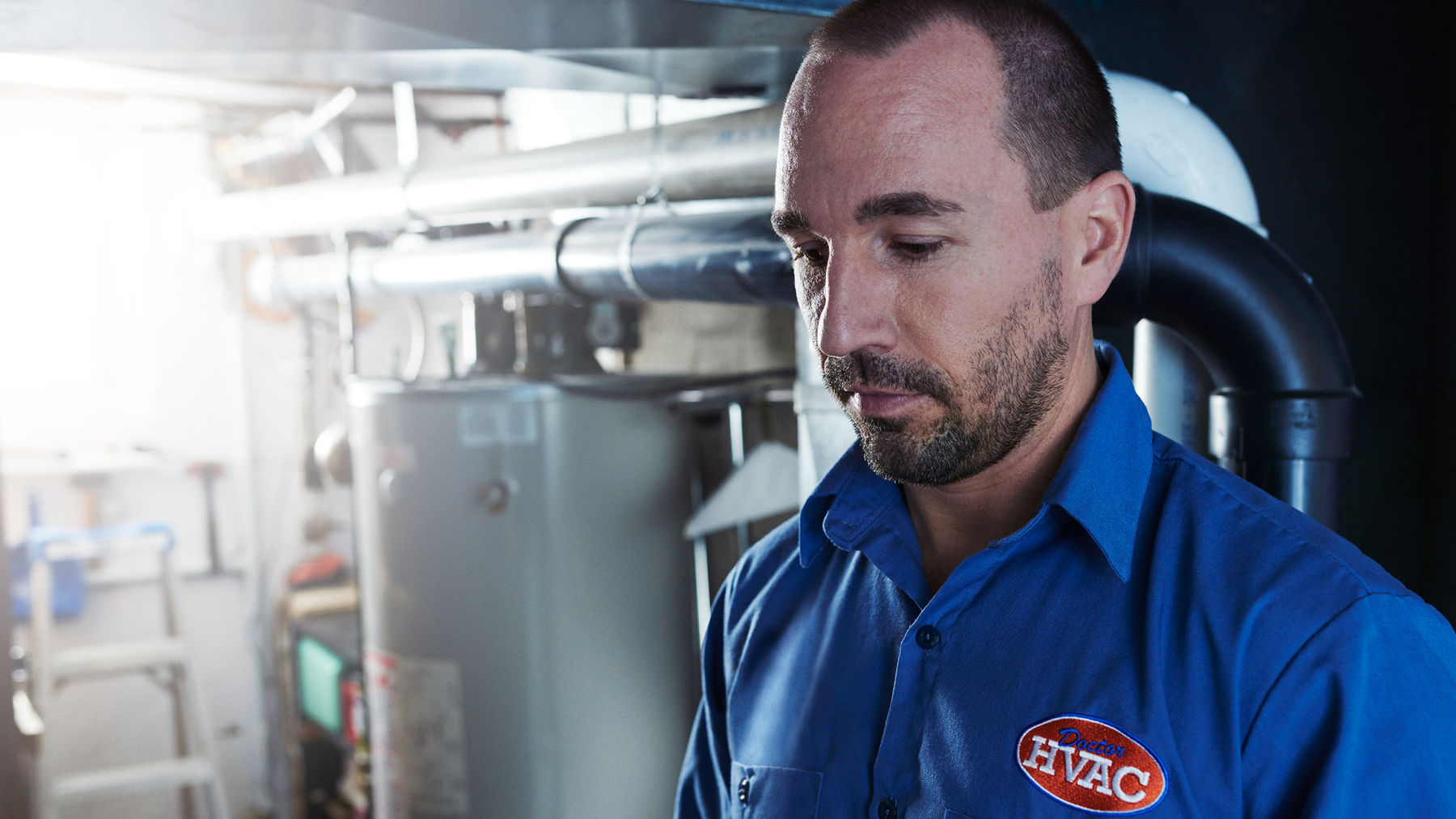
Updated October 2023
Millions of people across North America turn on the heat for the first time in months in the fall.
Just like a vehicle, your HVAC system and furnace need regular maintenance to ensure they will work when you need them.
ecobee recommends hiring an HVAC professional to perform twice-annual system checkups.
To maintain your HVAC system and prevent future problems, ecobee recommends hiring an HVAC professional to perform twice-annual system checkups. Typically, a contractor will check the cooling system in the spring and heating system in the fall.
Along with hiring a pro to maintain your system, here are some tips to ensure a smooth transition from cooling season to heating season.
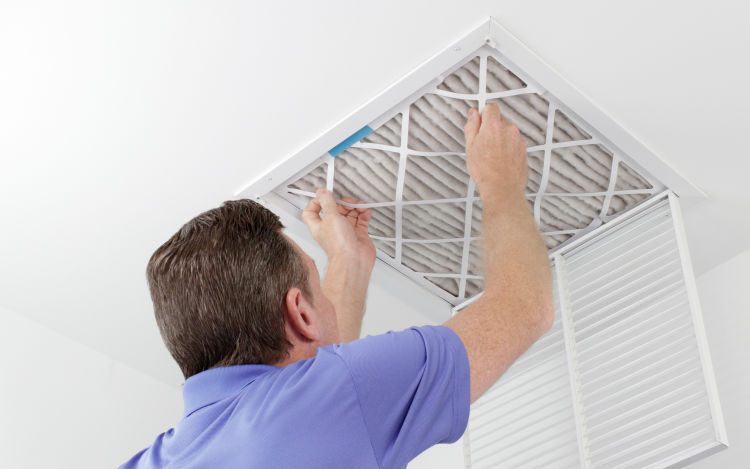
1. Change your filter regularly.
A dirty filter is much less energy efficient than a clean one, which makes your system work harder to keep you warm or cool. Replacing a dirty filter, can lower your energy consumption costs by 5– to 15% and prevent costly repairs.1
For optimum performance, ecobee recommends monthly filter checks, especially during times of peak use like the summer or winter, and regular filter changes every three months.
Did you know? You can program your ecobee thermostat to send you a notification when it needs a new filter.
2. Turn on the HVAC blower fan.
The fan helps circulate hot or cold air throughout your home until the temperature set on your thermostat is reached.
Turn on the fan and test the air coming through a vent for good airflow and listen for unusual sounds. Low airflow, squeaking, slamming, or grinding are signs that your fan needs servicing.
Did you know? You can easily turn on the fan on your ecobee smart thermostat’s Test Equipment screen. Or use the quick changes menu in the ecobee app to do so.
Turn on the fan and test for good airflow and listen for unusual sounds.
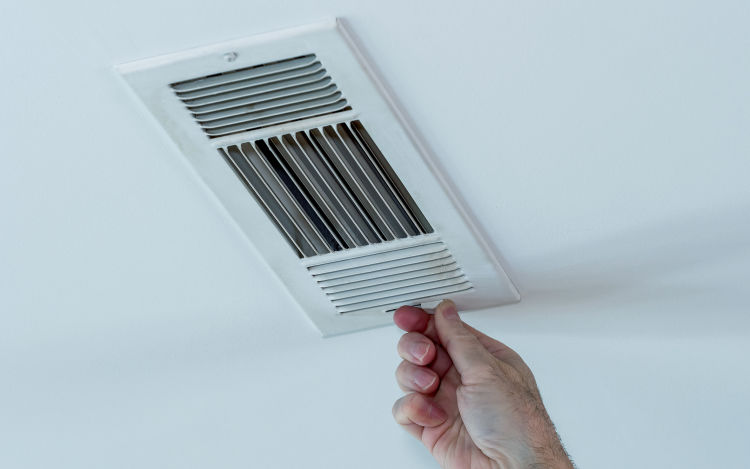
3. Adjust indoor air vents.
As part of turning on your heating system and transitioning into the colder months, open any indoor vents that were closed for the summer cooling season. If any rooms in the house are getting too hot or cold, adjust the vents accordingly.
Did you know? ecobee thermostats work with ecobee remote thermostat sensors to deliver comfort where it counts. Place SmartSensors in important rooms and hot or cold areas around your home for a more evenly balanced temperature.
4. Check the condensate pump on your gas furnace.
During a heating cycle, gas-powered furnaces produce water which is then discarded through the condensate drainpipe. A clogged drainpipe can not only cause water damage to floors and walls, it will stop the furnace from generating heat.
Water pooling around your furnace is a sure-fire sign of a clogged drainpipe. It’s always best to call in an expert to fix the problem.
Water pooling around your furnace is a sure-fire sign of a clogged drainpipe.
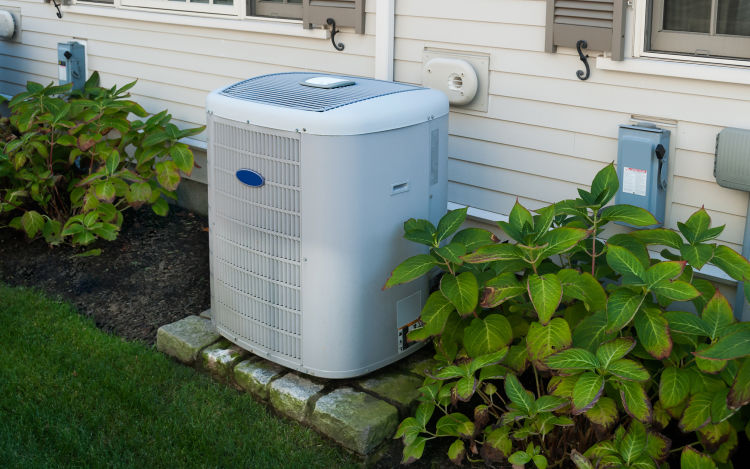
5. Clean your heat pump’s outdoor condenser.
Heat pumps pull outside air over the outdoor condenser’s coils to heat or cool the house. While doing this, they also suck in dirt and debris which gathers around the coils.
Most HVAC contractors include coil cleaning as part of their bi-annual maintenance package—which is good because this is a job best left to the pros.
To help maintain your heat pump’s air flow, keep a minimum two-foot clearance around the entire unit and never stack anything on top of it (that includes the garden hose).
6. Check your natural gas furnace’s exterior vents.
Gas-burning furnaces need ample fresh air and create exhaust that must to be vented. Leaves and snow can build up around your home during the heating season. Shovel or rake around exterior vents to keep them obstruction-free.
7. Replace the humidifier pad.
Some furnaces include a whole-home humidification system. Most manufacturers recommend changing the humidifier pad about once per year. Humidifiers are rarely used during the summer, which makes fall a good time to replace the pad.
Ask your HVAC contractor to check the pad and replace it as needed. If you prefer to replace it yourself, be sure to first turn off power at the system circuit breaker. Then follow the instructions in your humification equipment’s manual.
8. Test your furnace.
It’s always good to test the heating system before you need it. Let it run for 15 to 20 minutes to ensure normal operation.
If the system turns off before meeting the temperature on your thermostat, you may need to call a technician to identify and resolve the problem.
The smell of burning dust is very common when turning on the furnace for the first time in months. Typically, a slight odor isn’t cause for concern. Just open the windows and allow it to disperse. If it persists, turn off the system and call a contractor.
Did you know? ecobee thermostats make testing your furnace easy. Just run the Test Equipment feature on the thermostat to see if your furnace is functioning properly.
Setting the temperature back a few degrees when everyone’s asleep will lower your energy bill.
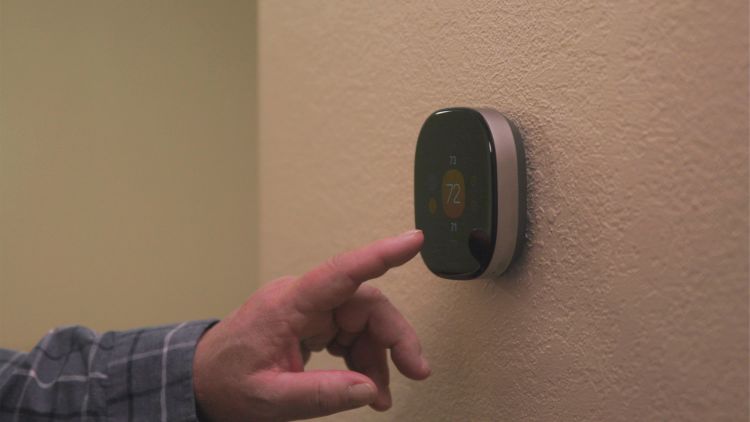
9. Adjust your smart thermostat schedule.
Update your thermostat’s schedule to maximize energy savings and comfort in the winter months.
You can cut down your energy bill by setting the temperature back a few degrees at night when everyone’s asleep.
Want it warmer when you wake up? Give your heating system about 15 to 30 minutes to get to the right temperature before your feet hit the floor.
If everyone’s usually out during the day, you can set the temperature back a few degrees for energy savings, then turn it up again so it’s warm when you get home.
Did you know? ecobee smart thermostats not only allow you to set a daily schedule, they use occupancy-sensing and geofencing to automatically deliver comfort when you’re home and energy savings when you’re away.
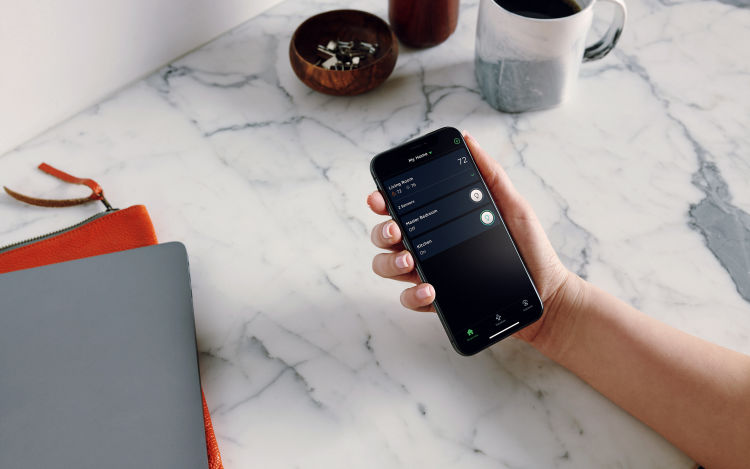
10. Upgrade to a smart thermostat with remote sensors.
Upgrading to a smart thermostat is a relatively minor improvement that can make a big difference. ecobee smart thermostat owners save up to 26%* annually on their heating and cooling costs.
ecobee smart thermostat owners save up to 26%* annually on their heating and cooling costs.
Energy savings are important, but there is more to it than that. Which is why ecobee smart thermostats work with SmartSensor to enhance your comfort
Place sensors in the most important rooms, like the nursery or your bedroom. SmartSensor uses occupancy detection to understand which rooms are in use to prioritize comfort where it counts
Further reading
-
Here are some of the many areas of your HVAC system that a technician will usually inspect during a maintenance visit.
-
Not sure who to hire? Check out Energy Star’s 10 tips for hiring a heating and cooling contractor.
1 Per U.S. Environmental Protection Agency.
* Compared to a hold of 72°F/22°C.
Did you enjoy this article?
Thanks for letting us know!

